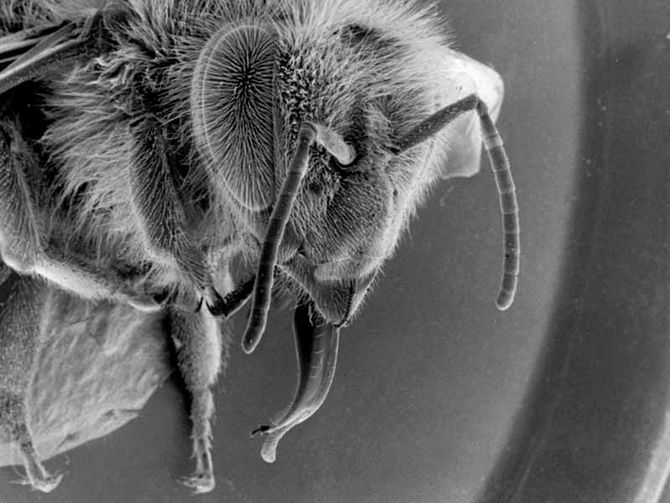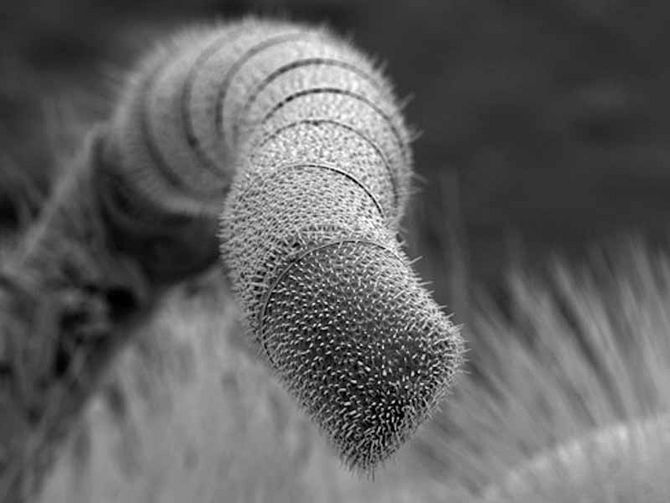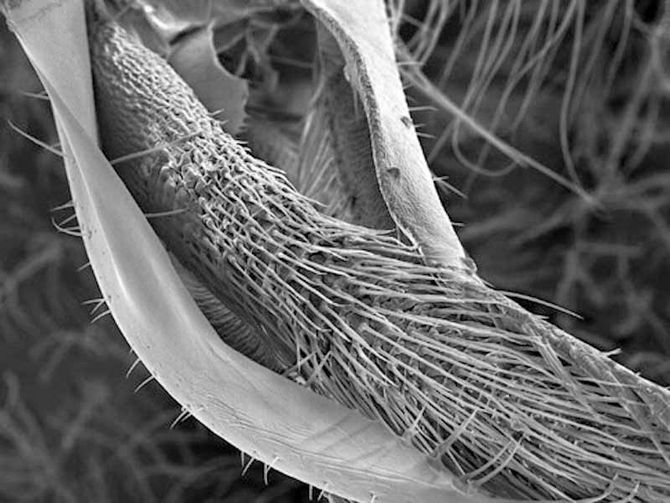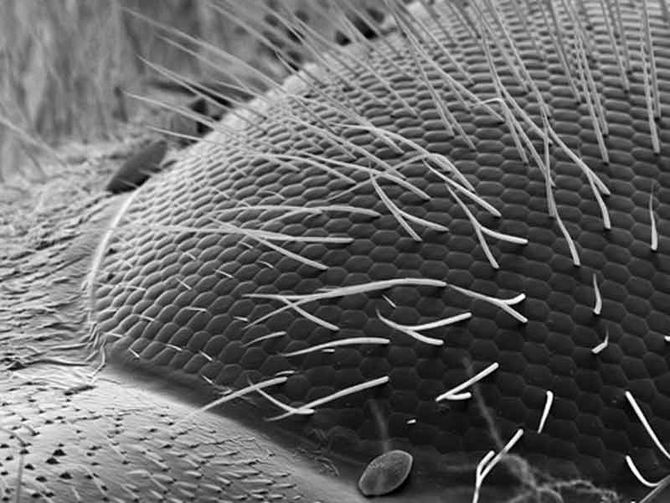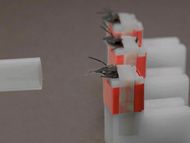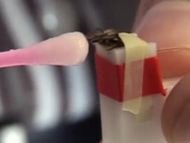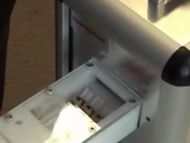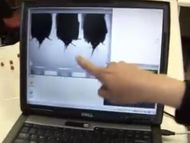Bee´s / The Research
Insects in general have remarkable olfactory abilities, using their antennae for smell. Bees, for example, use odour recognition for communicating, perception of pheromones, toxins and… they can detect diseases.
Their olfactory system is one / ten-million times more acutely than a human's. Scientific research has demonstrated that bees have an extraordinarily acute sense of smell.
Inscentinel, in a study conducted with London School of Hygiene and Tropical Medicine, has shown that bees have the potential to be used as effective diagnosers of disease, among others.
01 Bees are fanned with air scented with the odours that they should target.
02 To trigger the Pavlov reflex, bees are fed with a solution of sugar and water.
03 to 05 Trained bees are then kept in a box for their behaviour to be monitored.
06 When they are fanned again with scented air that they were trained to target, bees pull their tongues out as a reflex. The reaction is visible in a computer through a camera.
Images, Courtesy of Inscentinel, UK and Rose-Lynn Fisher

